 N4
N4 紙
1. Overview of MeaningThe kanji "紙" (pronounced "kami") means "paper." It refers to the thin material used for writing, ...
 N4
N4 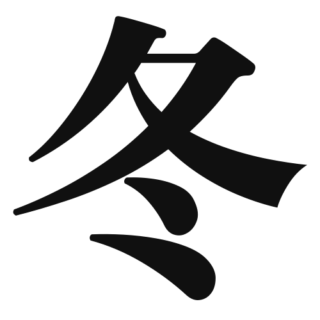 N4
N4  N4
N4  N4
N4  N4
N4 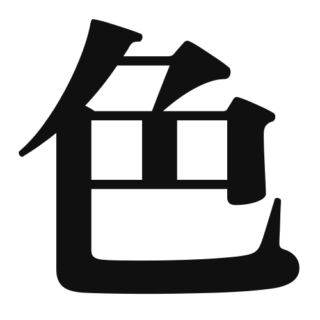 N4
N4 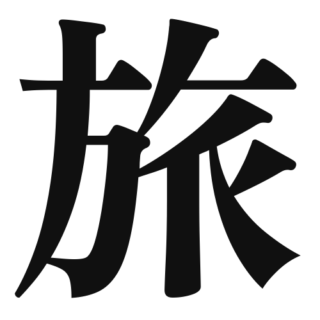 N4
N4 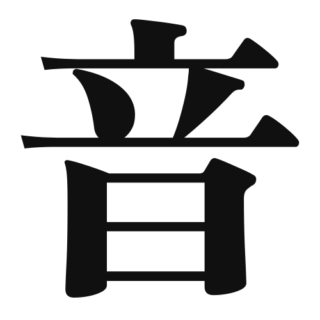 N4
N4  N4
N4 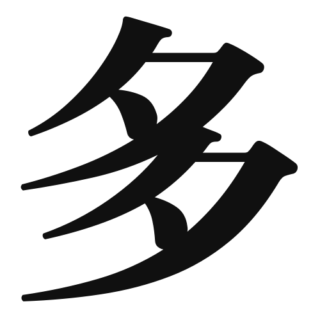 N4
N4